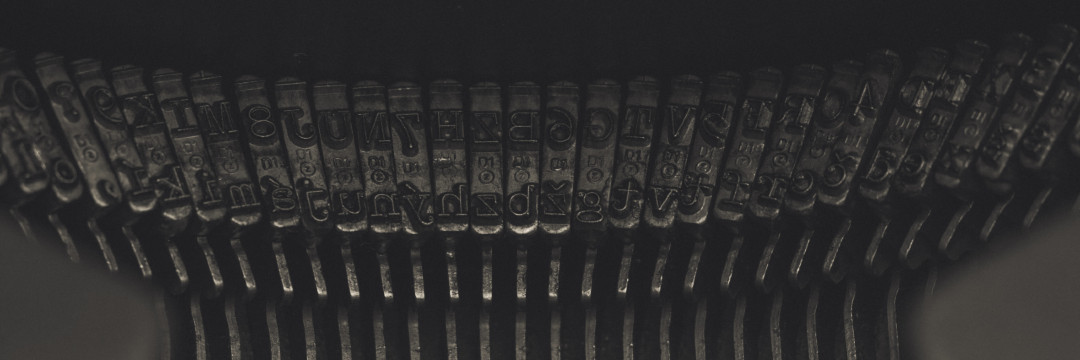the locked letter of Chikere of Amkempa
Sent by Uchena Chizoba to Chikere of Amkempa shortly before the latter's trial for maleficarum in 5.594, the letter was not recieved until after Chikere's death, and the contents are still unknown.
The document provides a rare intact example of a late sixth century Suntul double-locked letter, which has been useful to scholars of both politics and the history of thatumaturgy.
Letter-locking is a security technique originating from Awaian paper-folding, which provides a form of tamper resistance and tamper evidence via a combination of complicated fold patterns, slits, tabs, and perforations, which can be further secured with sealing wax.
Although letter-locking was practiced by people from all classes of society as an artistic and creative practice, diplomatic or highly sensitive letters included spells embedded into sealing wax which rendered the letterpacket unopenable by anyone other than its intended recipient. When these double-locked letters are opened, the sealing charms break and their physical components burn away, leaving no trace of the spell.
It was, therefore, quite normal for somoene of Chikere's class to recieve a locked letter. The strength of the enchantments are unusual, but Chikere kept a large number of correspondents, an the emphemeral nature of locking enchantments means that the number of those associates who enchaned their letters cannot be accuraely assessed.
Although the letter cannot be opened, the identity of the sender is known from the distinctive style of the locking mechanism, which functioned both as a signature and an additional level of security.
The letter was found in the personal collection of Consul Kogĩ Kagoci, in 5.613. It was kept in a decorative case along with a lock of hair and a small gold earring, both taken from the body between the wake and burial. The collection of post-mortem momentoes was a trend introduced by the necromantic Hrimar culture, but is genreally frowned upon by the Suntul. It is believed that Consul Kagoci collected the artefacts personally, which would indicate some basis to the accusations made during Chikere's trial.
Type
Text, Letter
Remove these ads. Join the Worldbuilders Guild



Comments